
If your non-stick pan has lost its coating, don't rush to throw it away: Just do this, and you can fry and cook without it sticking or falling apart.
How to Prevent Food from Sticking in a Non-Stick or Regular Pan: Simple Tips You Need to Know
After using a non-stick or regular pan for some time, it's common for food to start sticking when frying, sautéing, or even cooking in general. This can make cooking frustrating, but there are simple methods to prevent food from sticking and make cooking smoother. Here are some tips for keeping your pans in good condition, even if the non-stick coating has worn off.
Simple Trick for Non-Stick or Regular Pans
Modern non-stick pans are coated with Teflon (polytetrafluoroethylene or PTFE), a material that was accidentally discovered in 1938 and has been used for cooking since 1951. This coating creates a slick surface that makes it easier to clean and prevents food from sticking. While the coating isn't harmful if the pan is used properly, once it starts to peel off, the pan becomes less effective. In such cases, these simple tricks will help you use your old pans effectively for a longer time.
How to Use Your Non-Stick or Regular Pan Properly:
Step 1: Heat the Pan First
-
Place the pan on the stove and allow it to dry and heat up. Test the temperature by adding a spoonful of water to the pan. If the water evaporates quickly, the pan is ready.
Step 2: Add Oil
-
Pour oil or fat into the pan and wait until it starts to bubble. This step helps to prevent food from sticking.
Step 3: Add Food
-
Once the oil is hot, add the food, such as eggs or fish, to the pan. Make sure the fish is dry before placing it in the pan to avoid oil splattering.
Extra Tips for Using Non-Stick or Regular Pans:

-
Wash the Pan with Coffee When New
-
When you first get a new non-stick pan, wash it with dishwashing soap to remove any dust. Then, heat the pan with a small amount of coffee and wash it again with water. This not only cleans the pan but also removes the unpleasant odor of the coating.
-
-
Add Oil Before Heating the Pan
-
Always add oil to the pan before heating it. This prevents the non-stick coating from peeling off due to high temperatures.
-
-
Use Less Oil or Fat
-
When frying or sautéing, it’s best to use minimal oil or fat. You can even cook eggs or toast bread directly on the pan without oil, butter, or fat for a healthier option.
-
-
Cook at Low to Medium Heat
-
Avoid using high heat, as it can damage the non-stick coating and release harmful substances. Cooking at low to medium heat is the best way to preserve the pan’s non-stick properties.
-
-
Avoid Using the Pan for Grilling or Stewing
-
Non-stick pans are not designed for grilling or stewing, as high heat will quickly degrade the coating, causing it to peel.
-
-
Don’t Use the Pan in the Oven
-
Most non-stick pans are not suitable for high temperatures in the oven. Using them in the oven can damage the non-stick coating.
-
-
Avoid Adding Salt or Seasonings Directly in the Pan
-
Don’t add salt or seasonings directly into the pan while it’s hot, as this can cause the non-stick coating to break down quickly.
-
-
Don’t Use Metal Utensils
-
Avoid using metal utensils like knives, forks, or spoons to stir or turn food. Always use wooden, bamboo, or silicone utensils to protect the non-stick surface.
-
-
Don’t Overheat the Pan
-
Never heat the pan without oil, especially at high temperatures. This will cause the non-stick layer to peel off and shorten the life of your pan.
-
-
Clean Gently
-
To clean your non-stick pan, use a soft sponge and mild dish soap. Avoid scrubbing the surface too hard to prevent the non-stick layer from coming off.
-
News in the same category

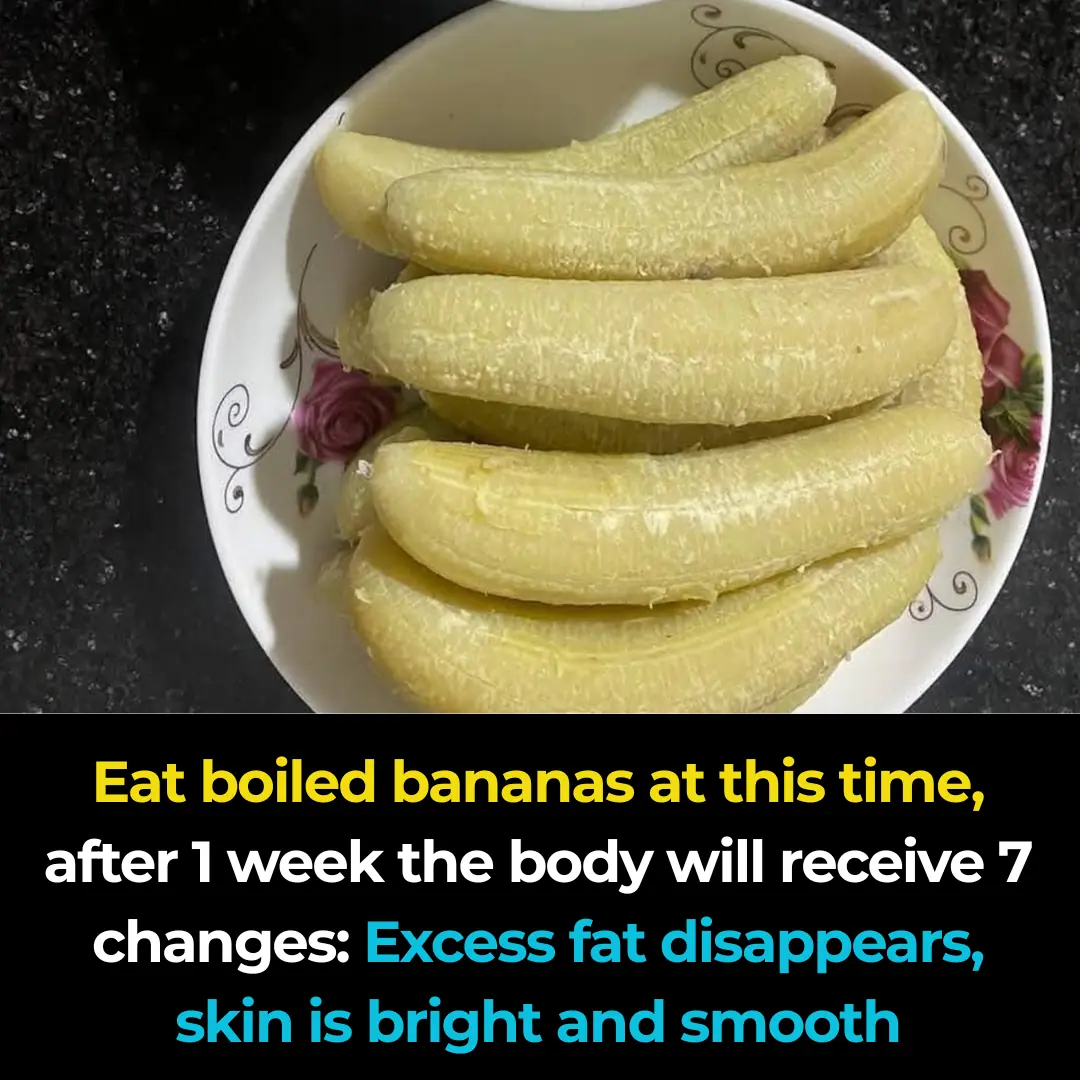
Eating boiled bananas at this time, after just 1 week, your body will experience 7 changes

Doctors warn of 3 beauty habits that no one realizes can cause cancer so quickly!

Water flowing from the air conditioner: Thought to be useless, turns out to have many unexpected uses
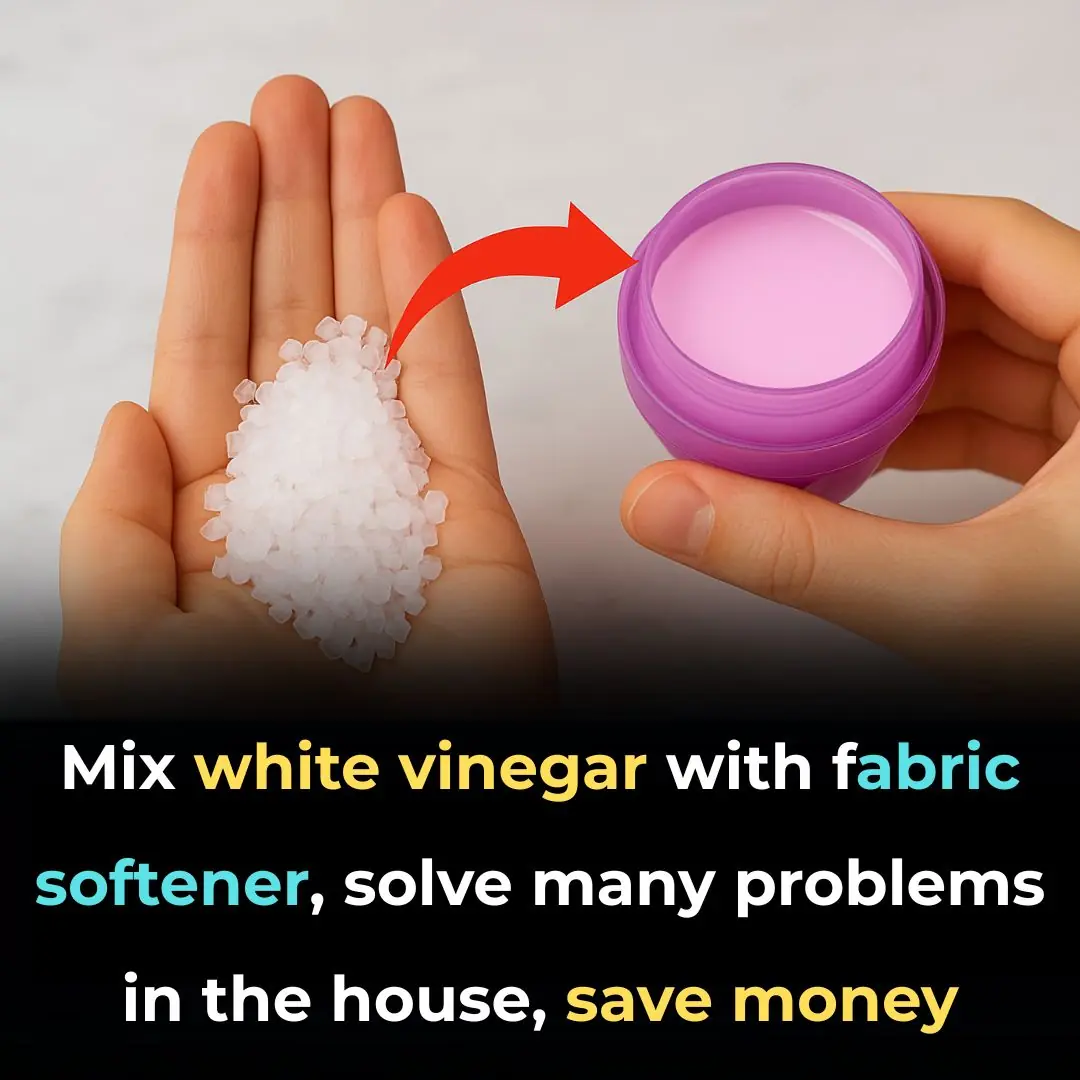
Mix white vinegar with fabric softener, solve many problems in the house, save money

The most correct way to give first aid for stroke at home

4 habits that can make your body age quickly
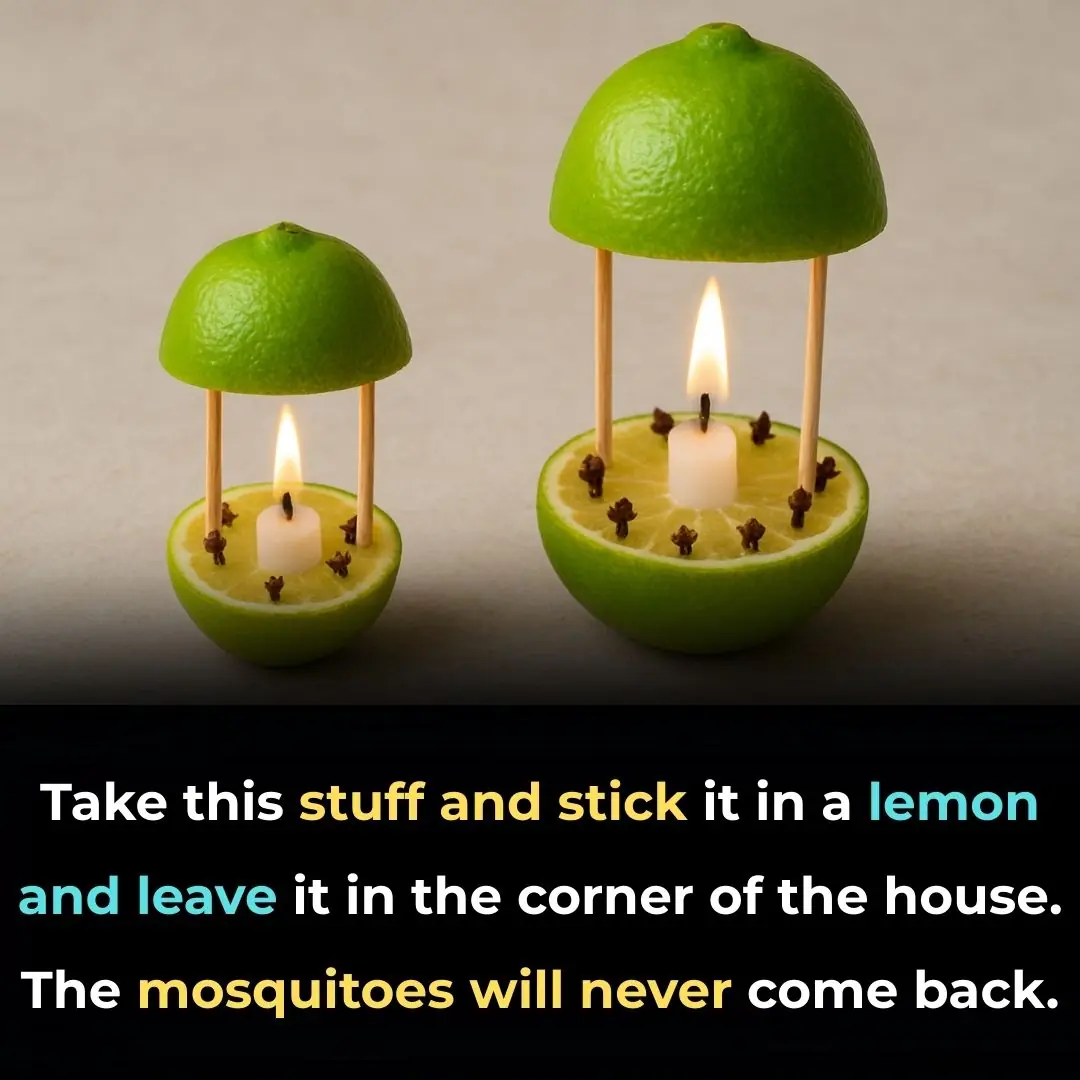
Take this stuff and stick it in a lemon and leave it in the corner of the house. The mosquitoes will never come back.
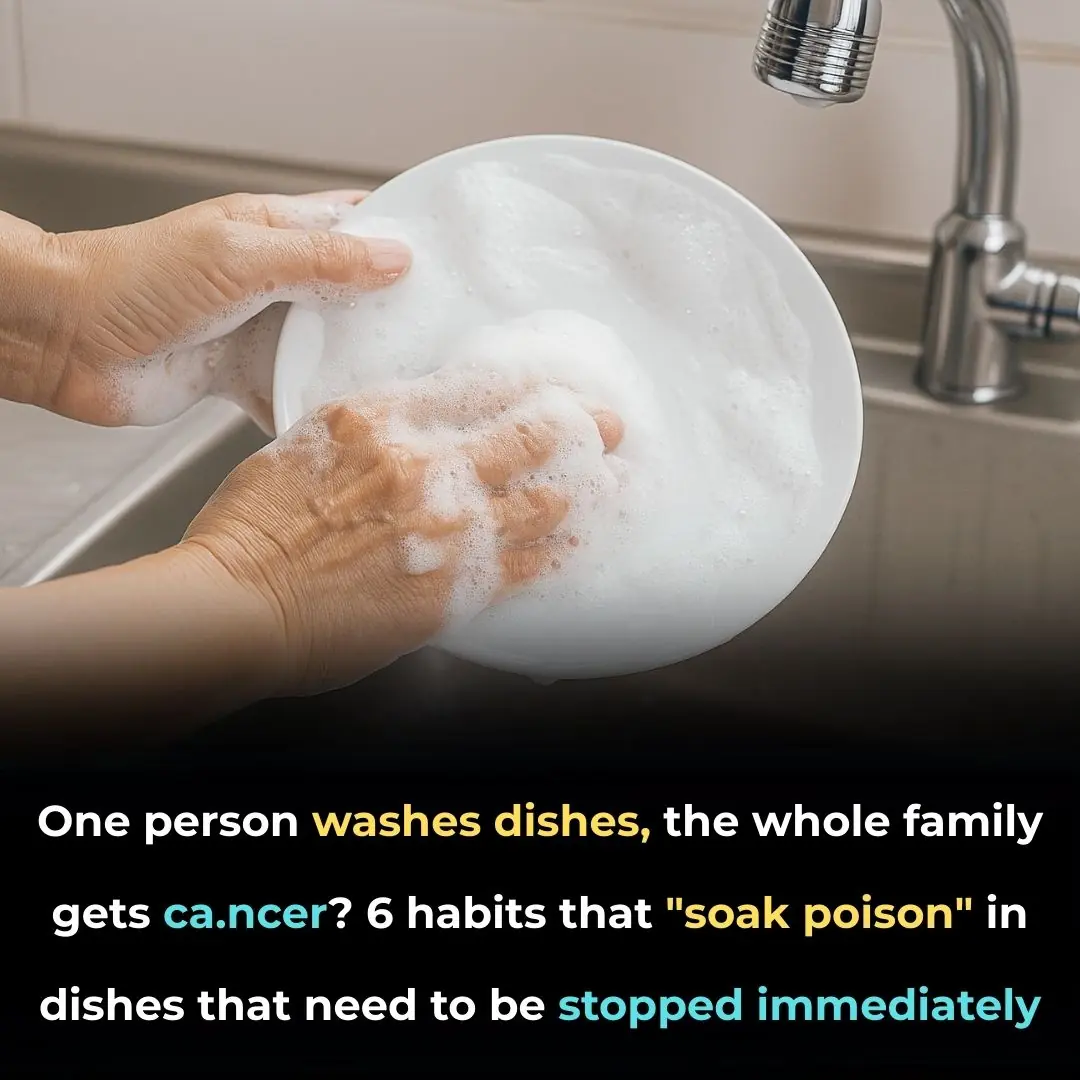
One person washes dishes, the whole family gets cancer? 6 habits that "soak poison" in dishes that need to be stopped immediately
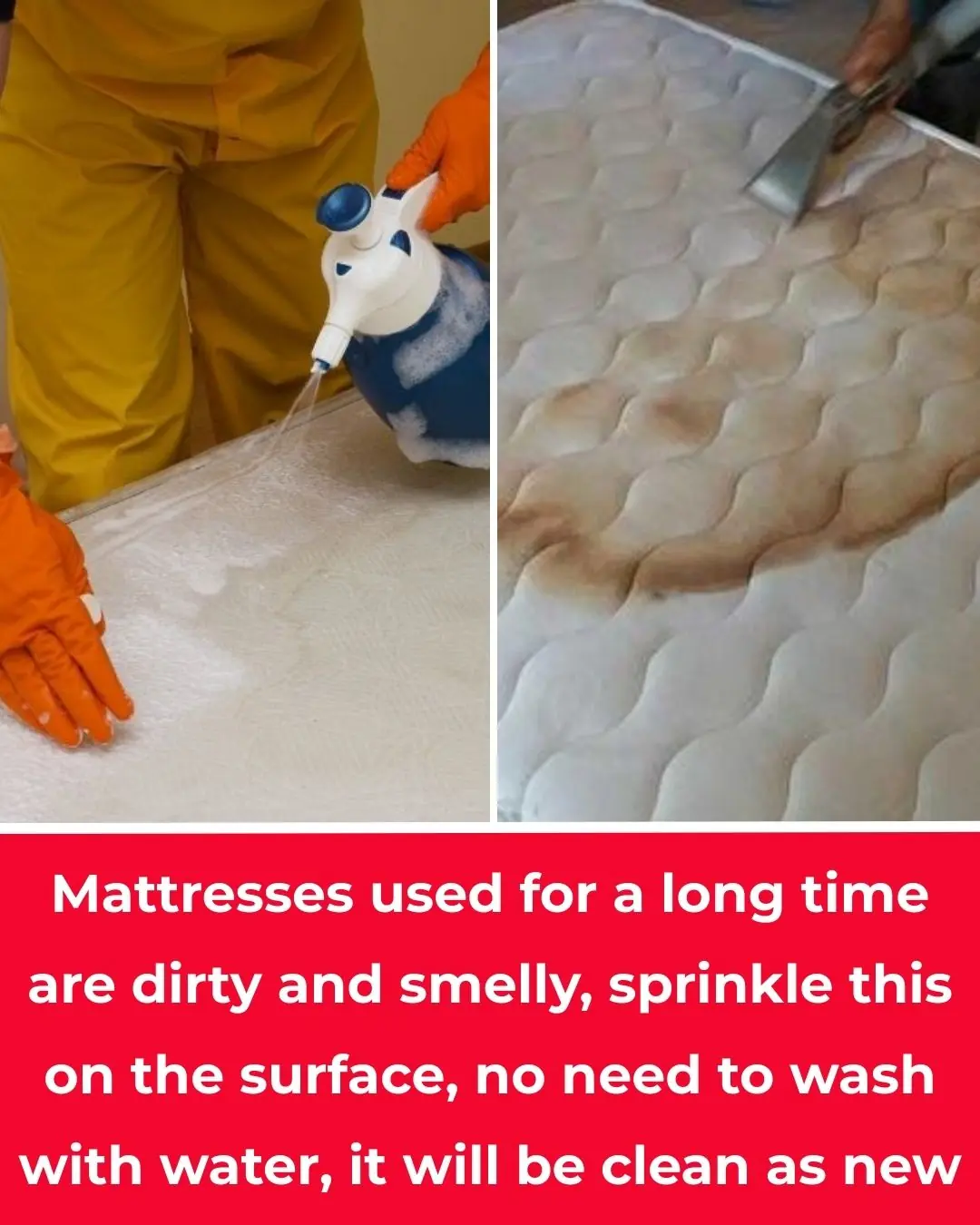
Mattresses used for a long time are dirty and smelly, sprinkle this on the surface, no need to wash with water, it will be clean as new
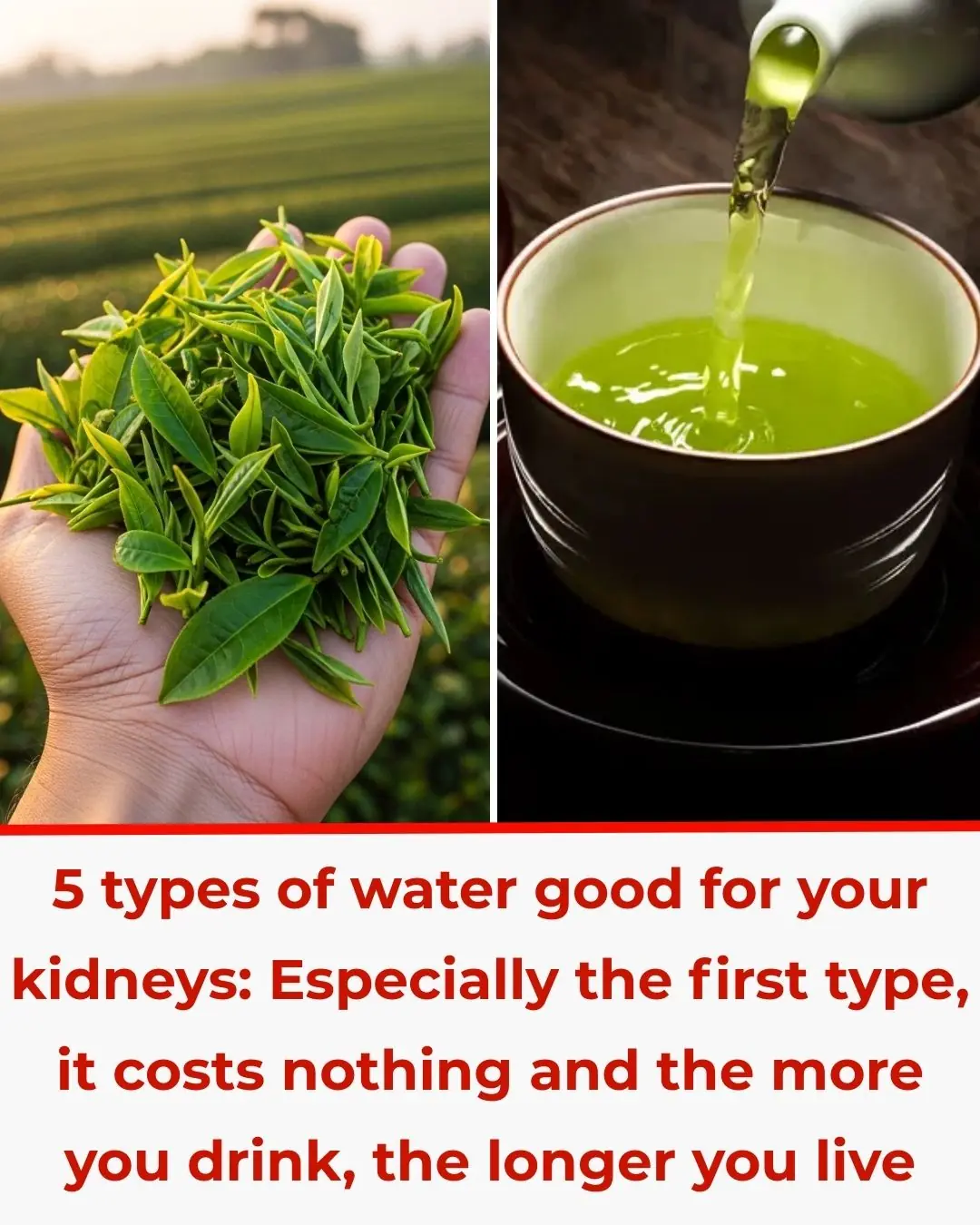
5 types of water good for your kidneys: Especially the first type, it costs nothing and the more you drink, the longer you live
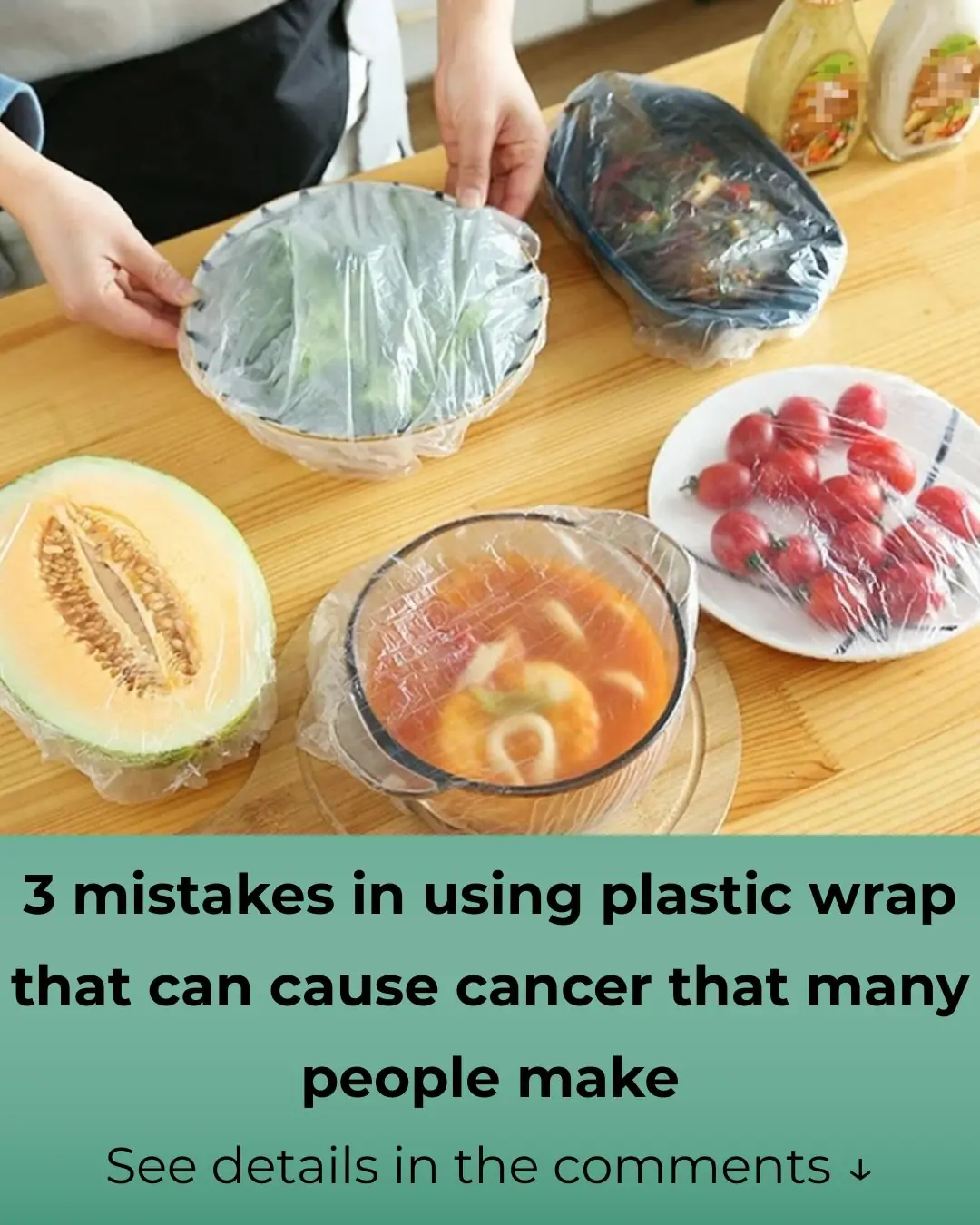
3 mistakes when using plastic wrap

Too many geckos in the house, here’s a little trick to make them ‘go away and never come back’

Why Does the Air Conditioner Smell at 26°C but Not at 25°C? The Surprising Cause

Why You Shouldn't Place Your Bed with the Head Facing West: Feng Shui Insights
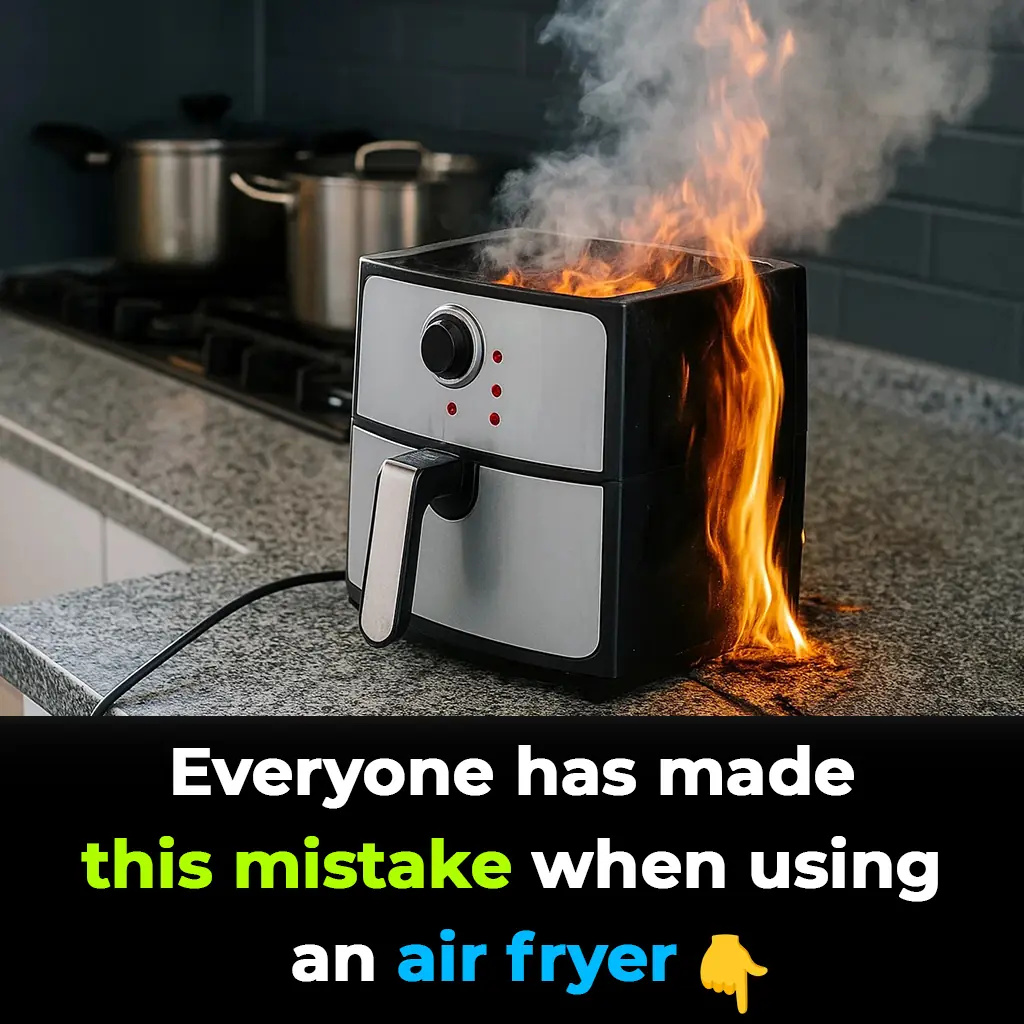
The Biggest Mistake Everyone Makes With an Air Fryer – And How to Avoid It
By steering clear of these common errors and sticking to simple safety practices, you can enjoy meals that taste better while also having peace of mind, confident that your appliance will operate safely and efficiently for years ahead.
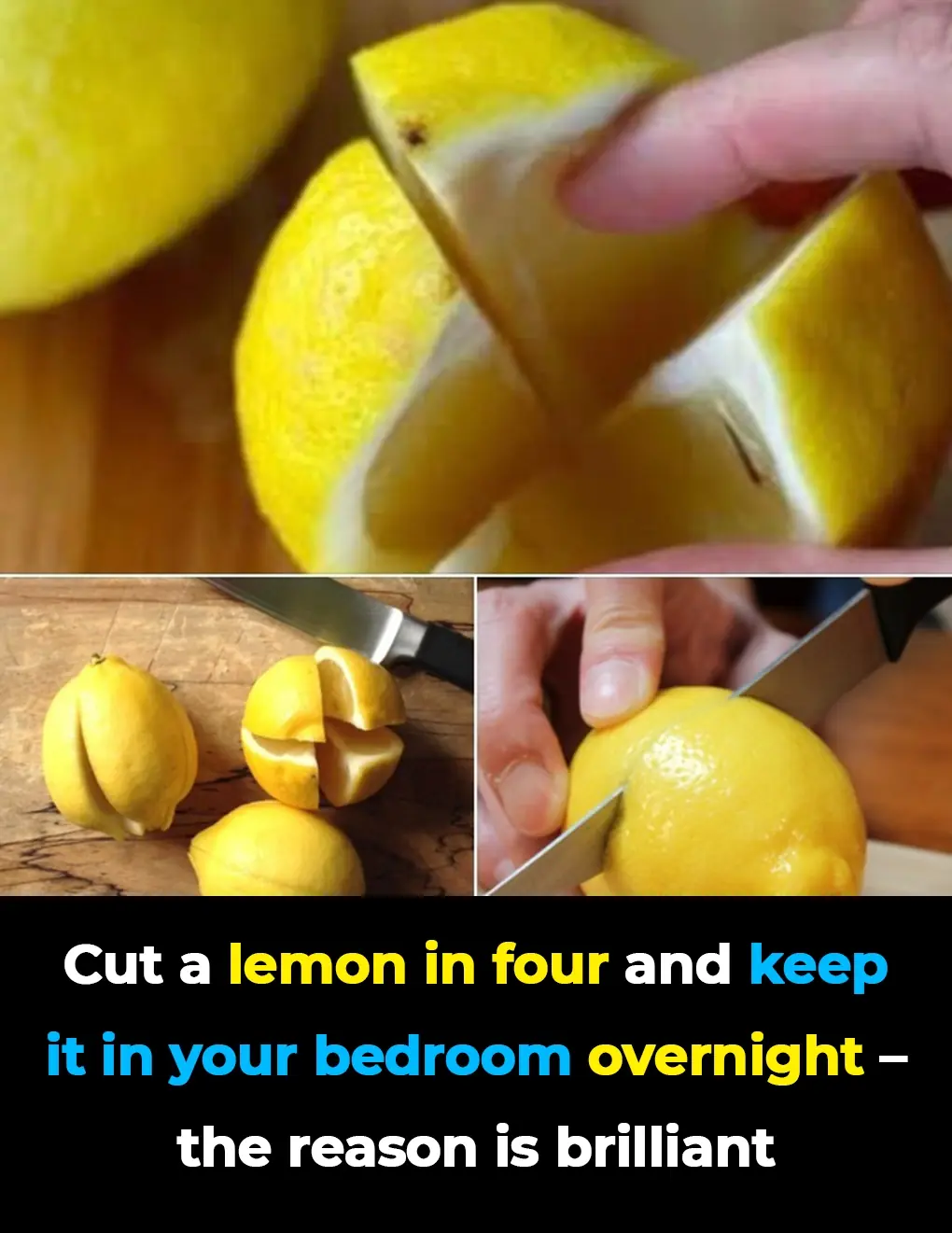
Cut a Lemon and Leave It in Your Bedroom Overnight – What Happens Will Surprise You
This simple lemon hack may seem minor, but it can create a significant impact.
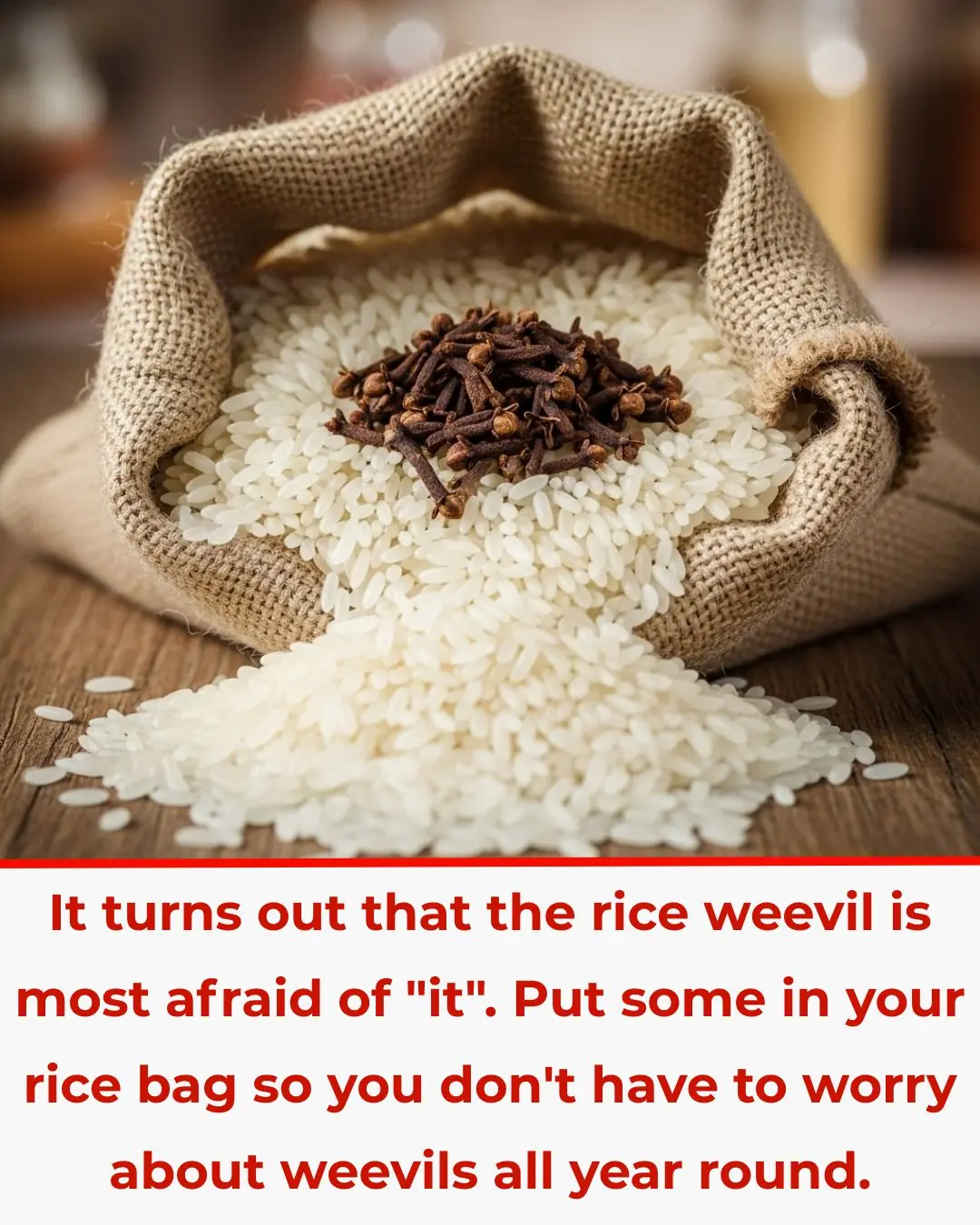
It turns out that the rice weevil is most afraid of "it". Put some in your rice bag so you don't have to worry about weevils all year round
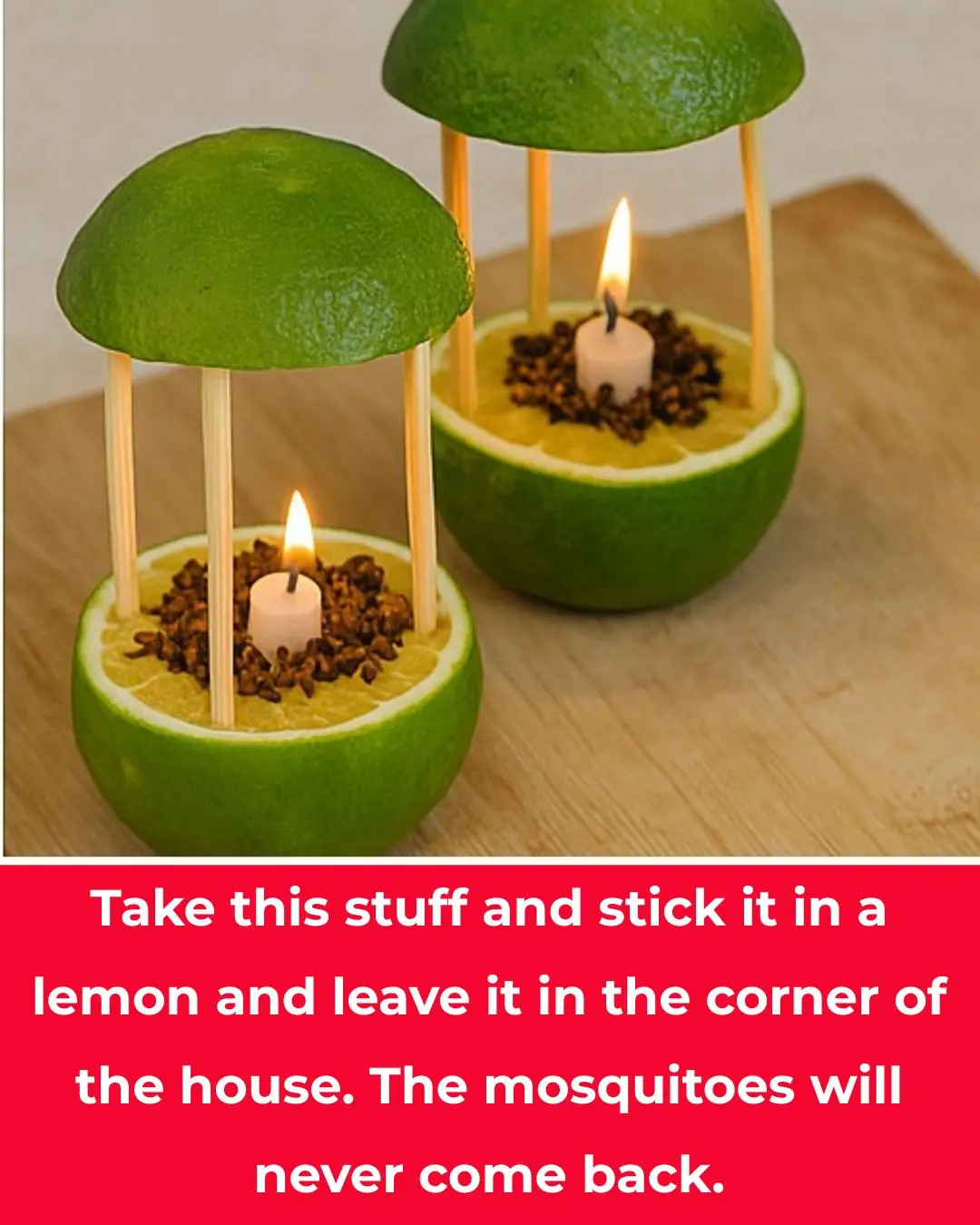
Take this stuff and stick it in a lemon and leave it in the corner of the house. The mosquitoes will never come back.
News Post

Symptoms That Can Be Caused by Stress
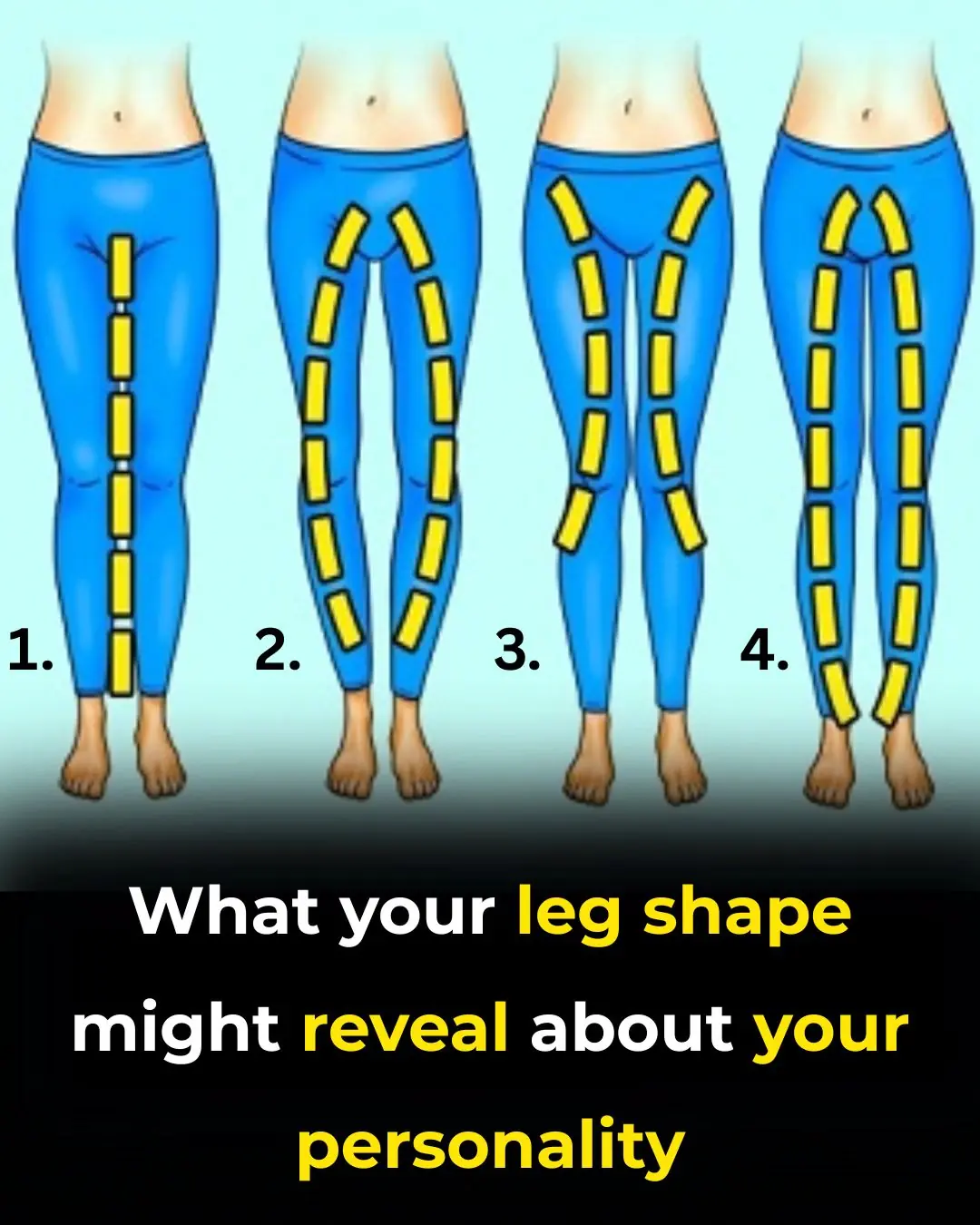
What the Shape of Your Legs Might Say About Your Personality

How surgeon who amputated his own legs was caught as he's sentenced to 32 months in prison

PlayStation handing out rare refunds to gamers over popular new game
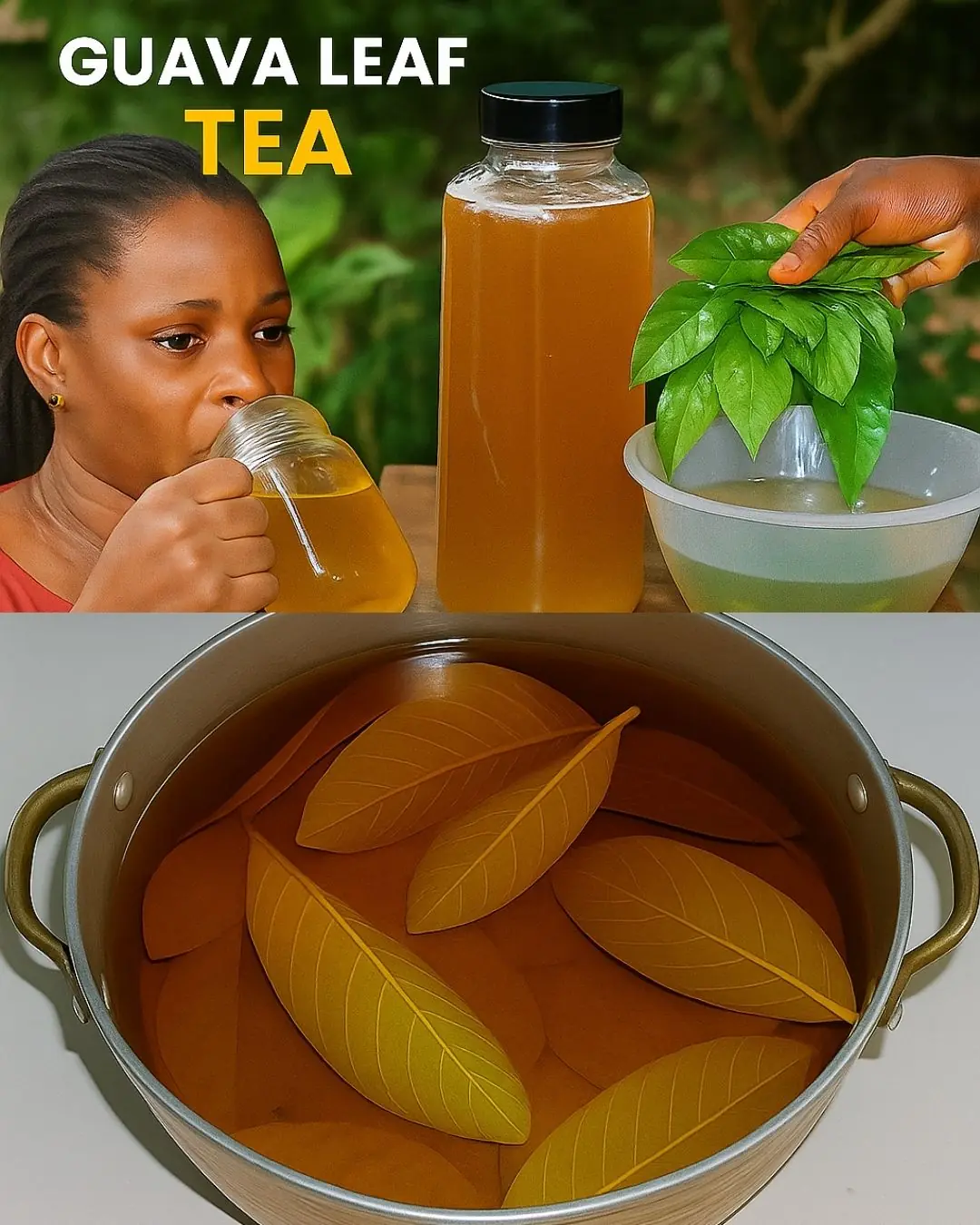
🌿 17 Health Conditions That May Benefit from Guava Leaf Tea + Easy Homemade Recipe

The golden 4-hour window for drinking coffee helps your body gain maximum benefits: detoxifying the li:ver and promoting smooth digestion.

Eating boiled bananas at this time, after just 1 week, your body will experience 7 changes
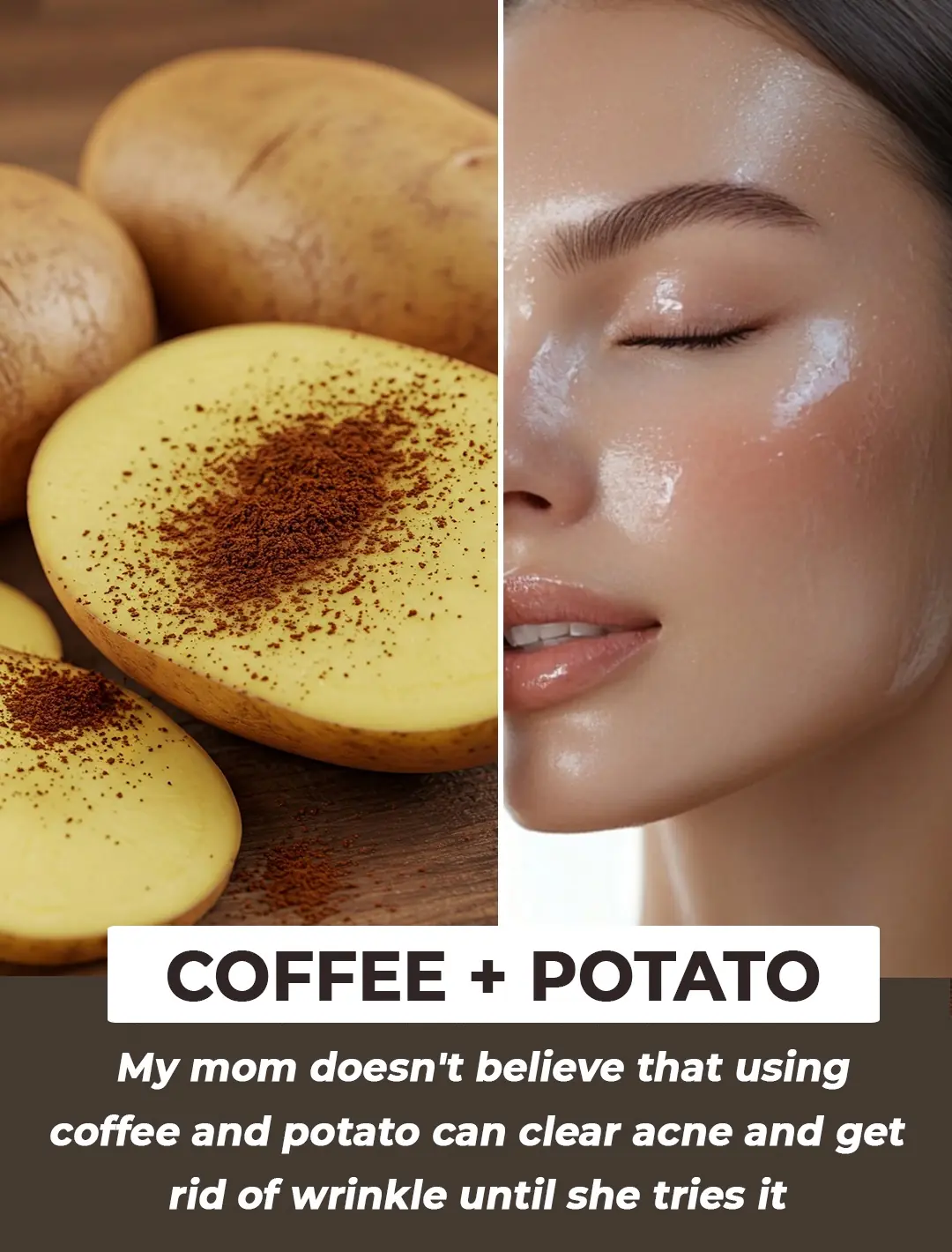
Add potato to coffee to get rid of wrinkles in just 1 week
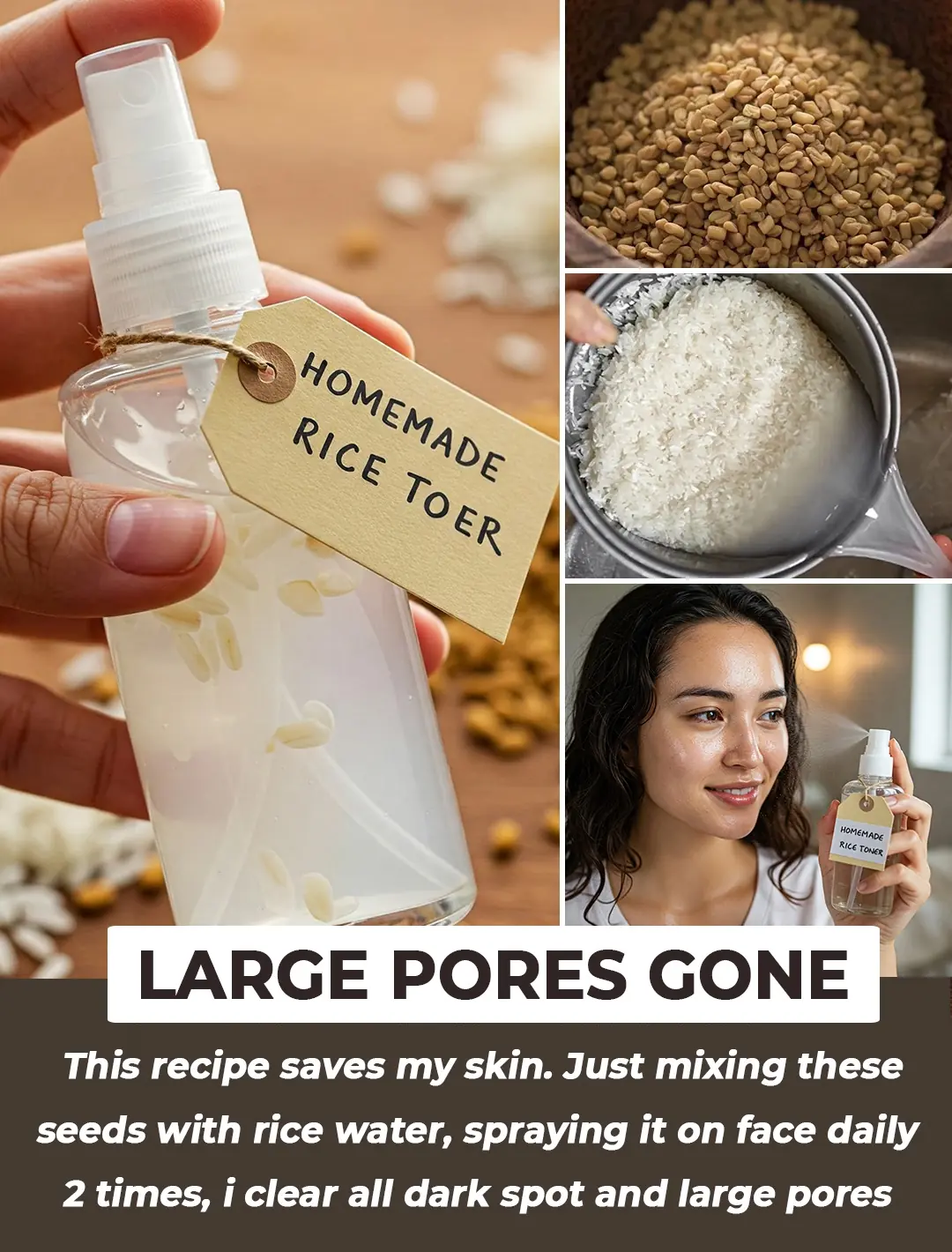
Homemade Rice water & Methi Dana Toner for Glowing Skin
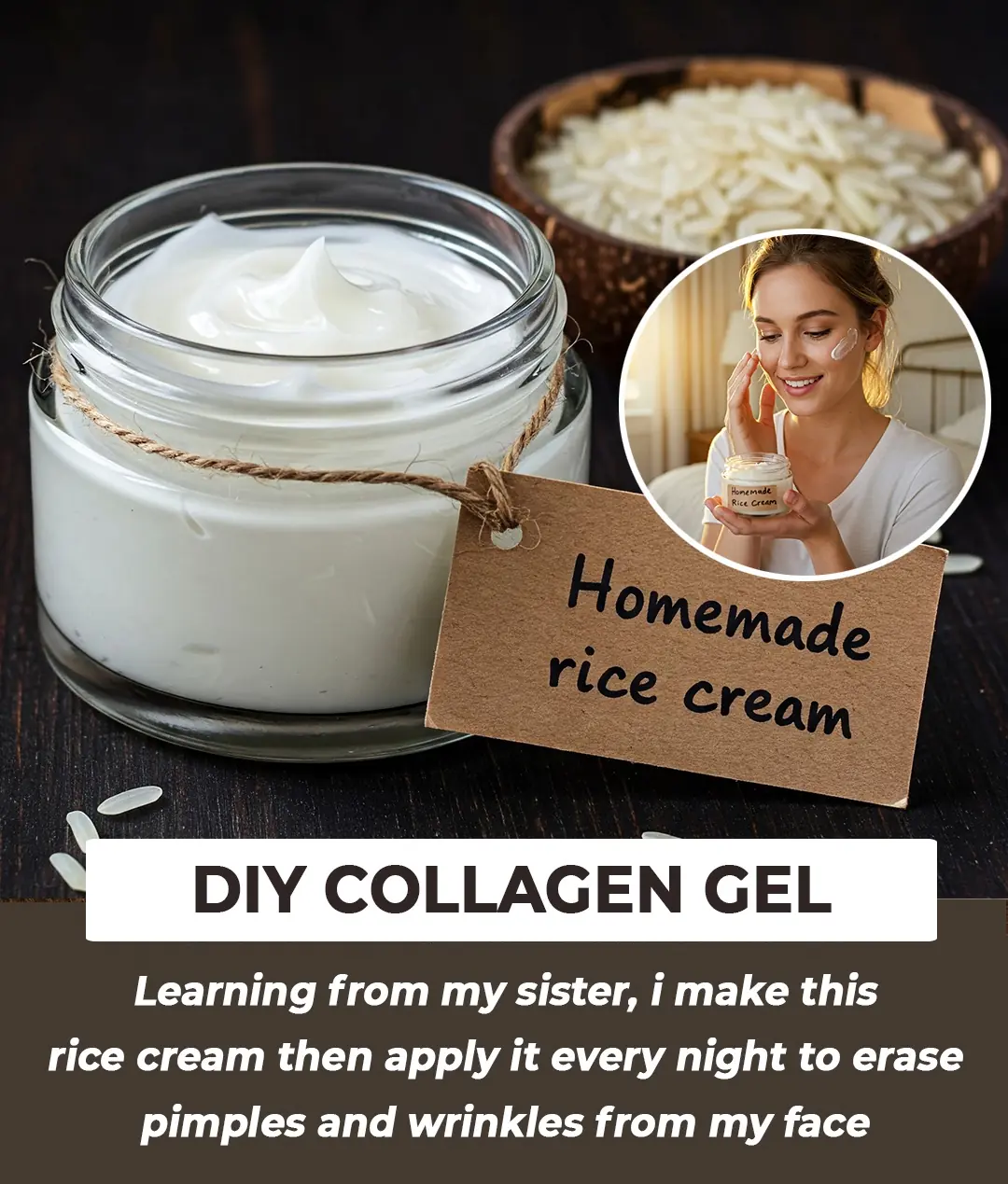
The DIY anti-ageing cream that is very effective to get rid of wrinkles and fine lines on your face
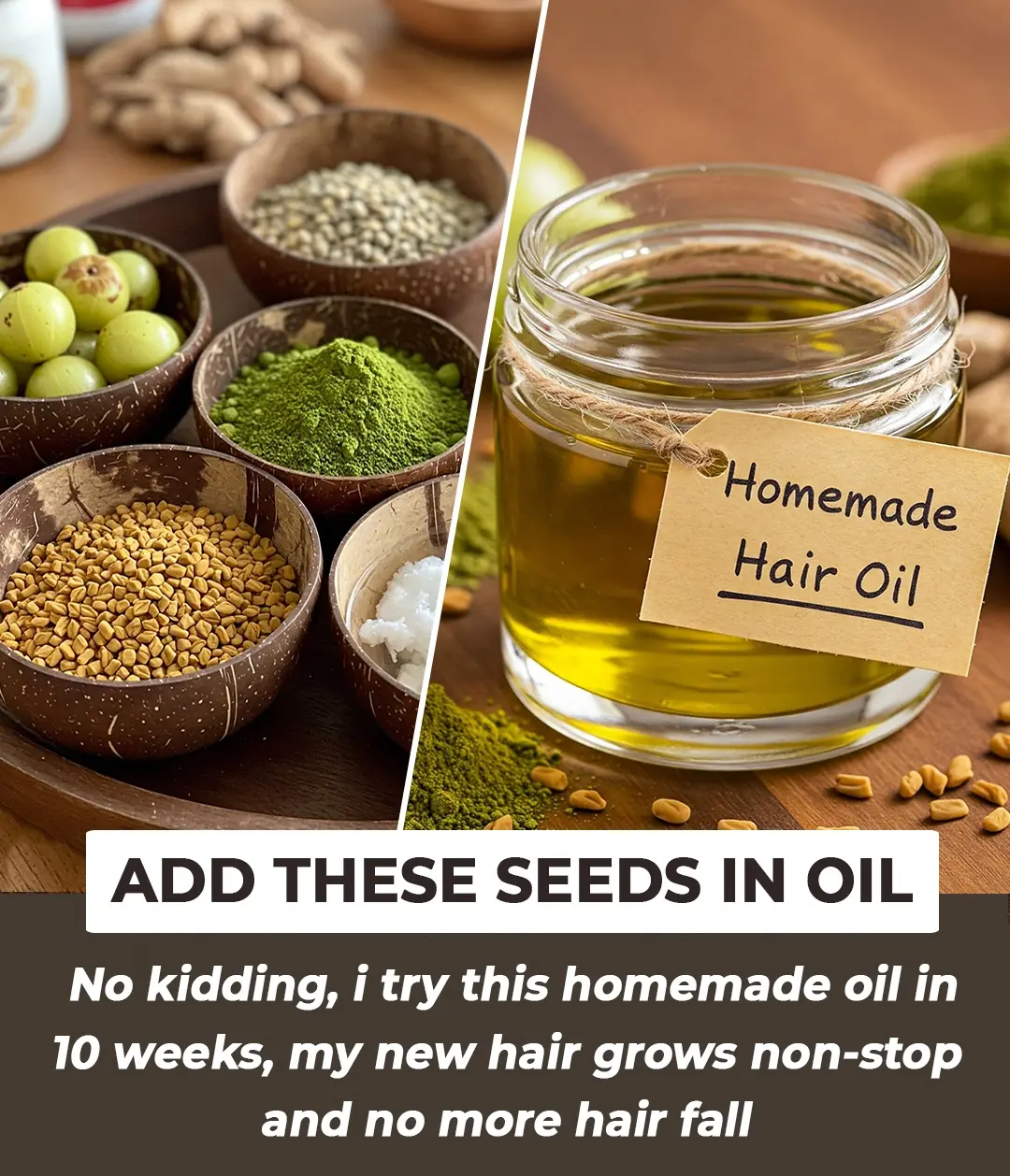
Herbal Remedies for Strong, Lush Hair: Easy Recipe Everyone Can Make At Home

Flaxseed Gel for Wrinkles: The Natural DIY Solution for Smoother, Youthful Skin

10 Tomato Slice Skincare Remedies for Wrinkles, Pores, and Glowing Skin: Natural DIY Treatments
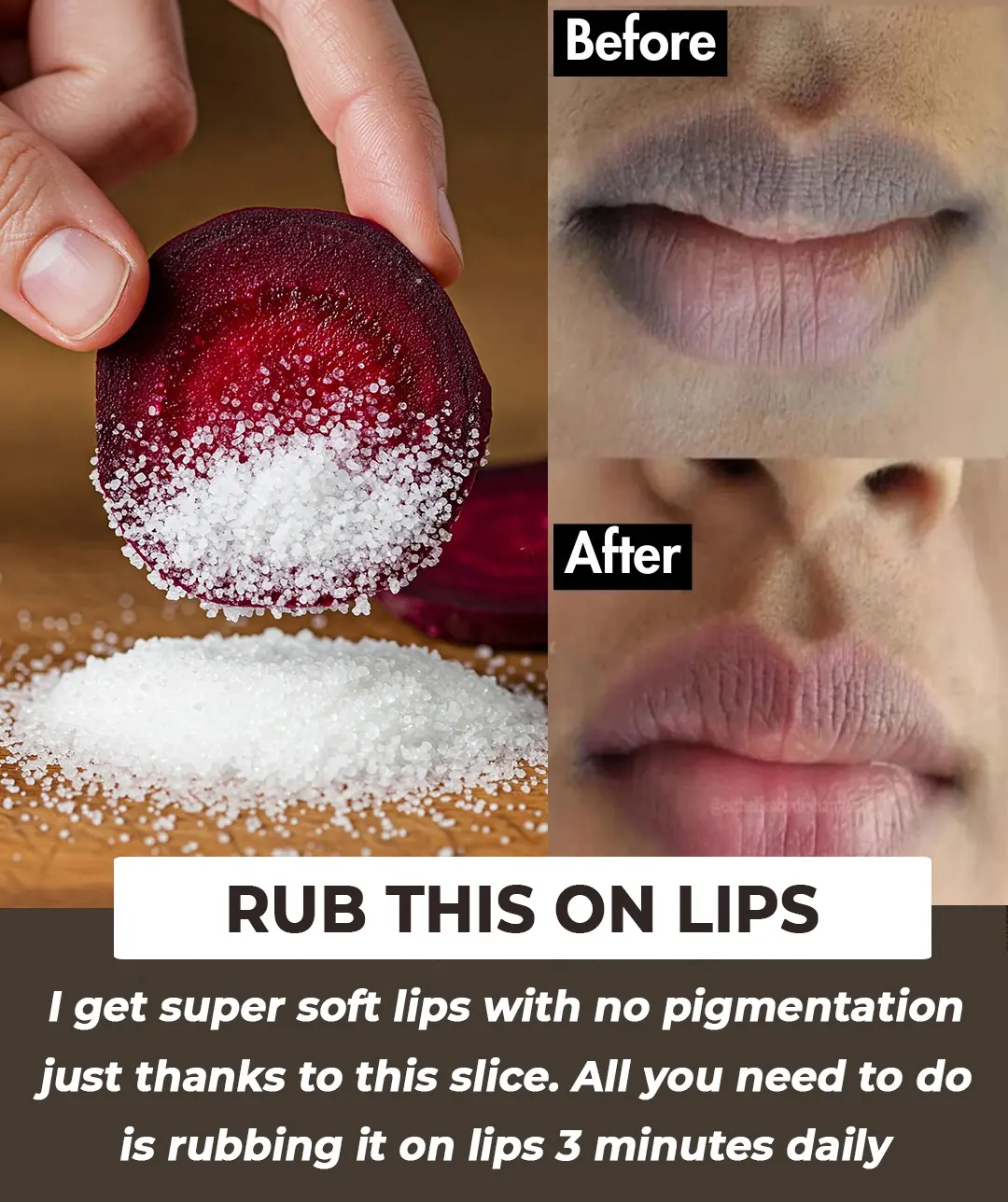
Super Effective DIYs to Achieve Soft, Pink, and Perfect Lips
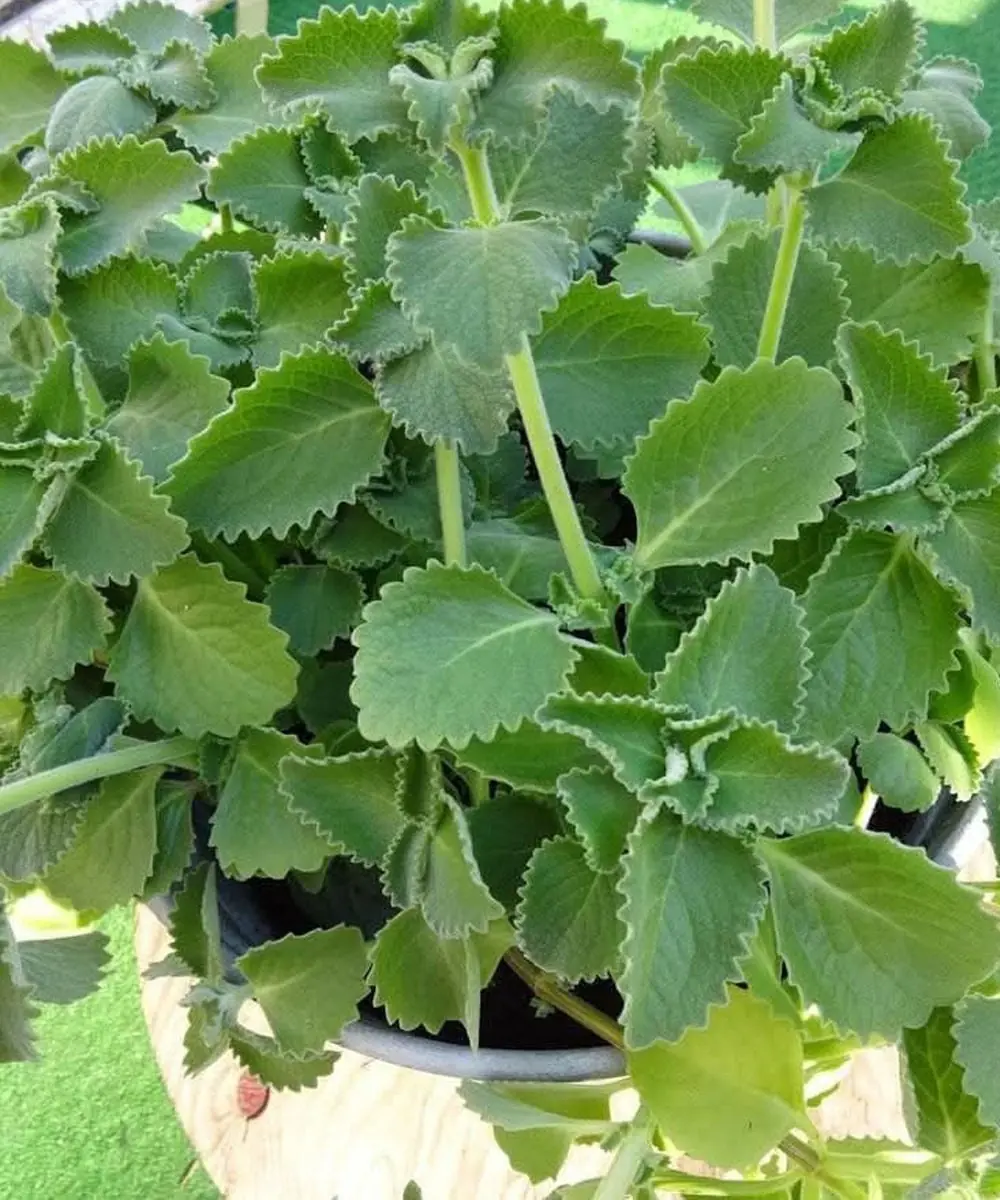
A Scientific Look at Oregano’s Role in Supporting Wellness
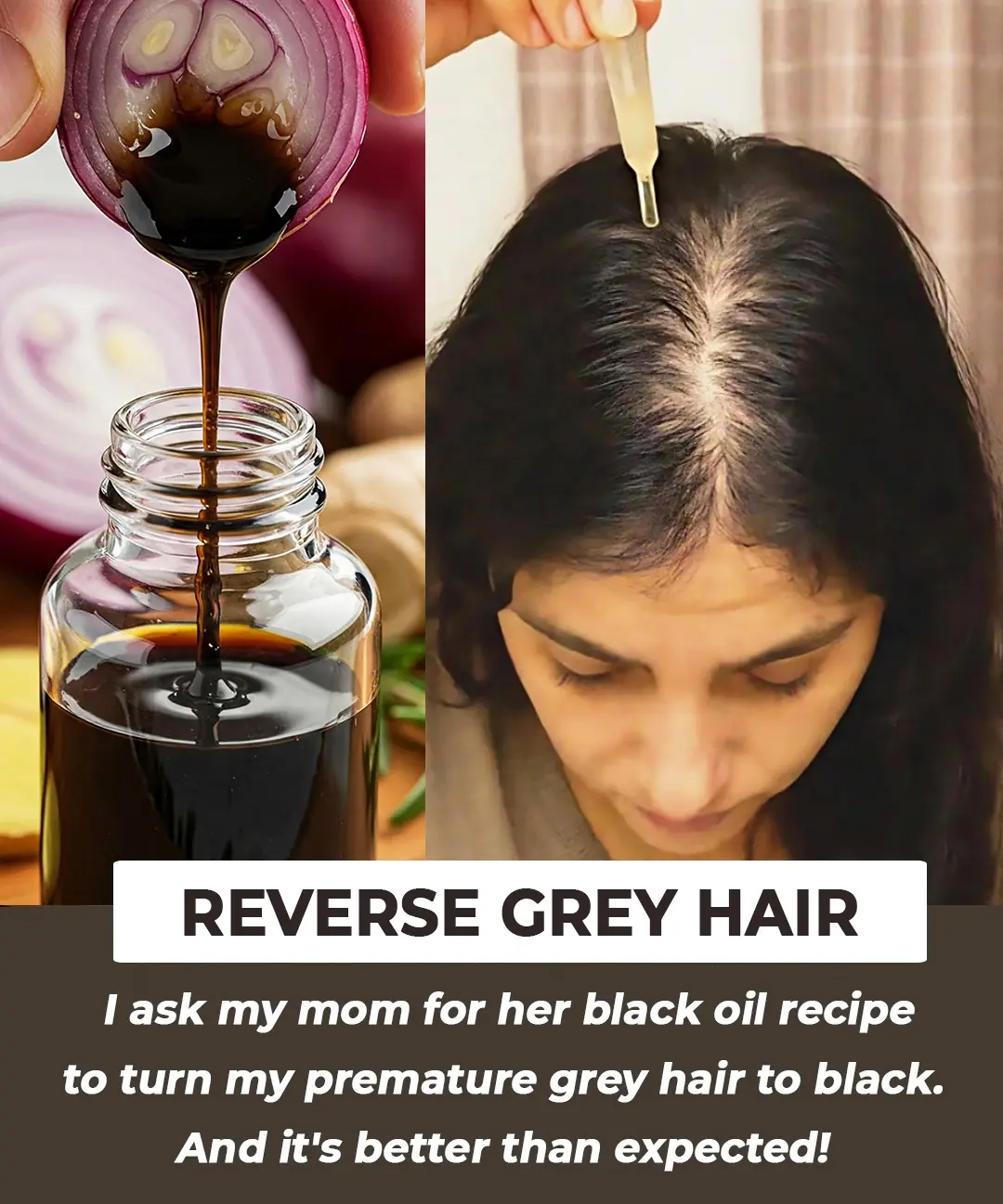
Reverse Hair Greying Naturally: Effective Treatments and Remedies for Restoring Hair Color
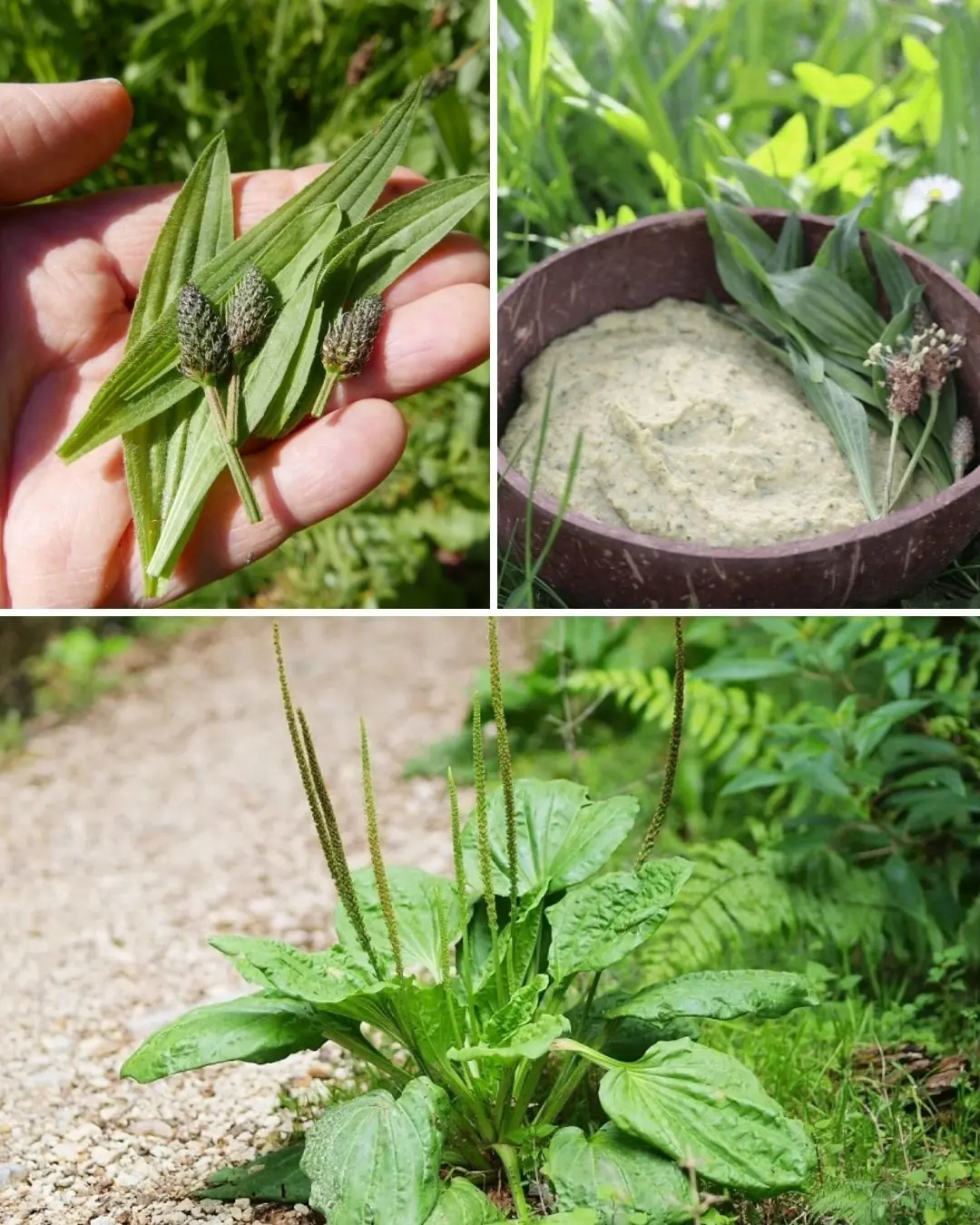
The Incredible Benefits of Plantago lanceolata and How to Use It

CCF Detox Drink For Glowing Flawless Skin
